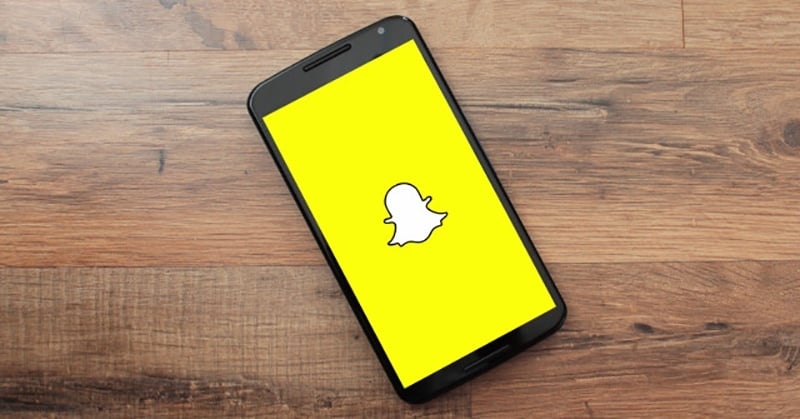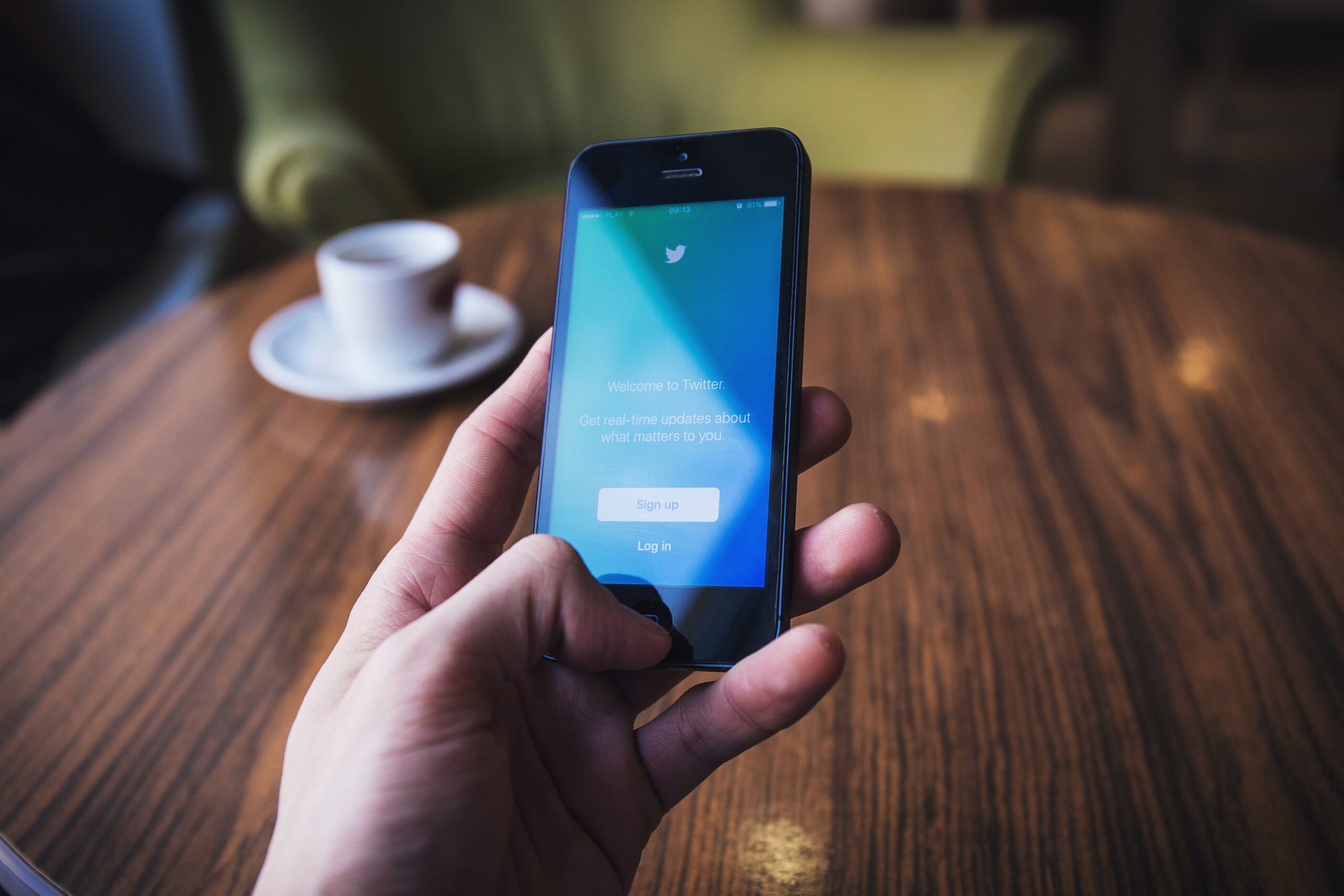
B2B Inbound Marketing: Five Strategies You Should Steal
Every B2B brand, new or old, knows they need to market themselves. It’s just a matter of how. The marketing of the past emphasized sales-y ad spots on television, radio and print; cold calls; direct mail; billboards—your standard outbound marketing. The marketing of today is a different beast. Inbound marketing has proven to be very successful at attracting leads and prospects to your business by drawing them inwards. To do that, here is a list of five B2B inbound marketing techniques your company can utilize.How to Nurture Leads With Facebook Custom Audiences
Facebook is estimated to generate $4.8 billion from advertisers in 2016. That’s because there’s never been a platform that allows advertisers to scale targeted campaigns so quickly, and brands big and small are seeing results. There are hundreds ways to target a user on Facebook, including where they live, their job title, their relationship status, and how much money they make. Want to hit single dentists who love the NBA in Wisconsin? No problem. You can be up and running in 15 minutes. In addition to its demographic and interest targeting capabilities, Facebook has been consistently improving its Custom Audiences product since its introduction in 2013. In a nutshell, advertisers can use Custom Audiences to introduce their first-party data into Facebook advertising campaigns. With this method, they can serve hyper-targeted ads against someone who visits their website, views a certain video or signs up for their newsletter. (Ever spend 5 minutes on an e-commerce site, and notice their ads following you around on Facebook? Yeah.)How 7 Companies Are Killing It With Branded Podcasts
What’s old is new again in marketing. Nowhere is this more true than with radio and podcasts. Radio, which made waves (pun intended) in the early 20th century, has seen a resurgence in popularity thanks to its next-generation reincarnation known as podcasts. Podcasts, those audio and radio shows you can download to your smartphone, are on everyone’s minds these days, and for good reason. Approximately 98 million Americans are listening to podcasts every year and 56 million Americans listen to podcasts every month, according to the latest Edison Research study. In fact, the current podcasting boom has been heralded as the golden age of podcasts. Brands are no strangers to podcasts. Frequently, the involvement is limited to sponsorship of the podcast by the brand; you'll hear one or more ads from them during the show. But brands are also starting to produce their own podcasts. Here are five you should know about.The Case for Live Tweeting
When I first started working in social media marketing, we developed content for Facebook and Twitter nearly exclusively. They were the “big two” platforms, where brands were starting to play. Skip ahead five years to today, and it would be a vast understatement to say that the industry has changed. From content types to audience growth to paid media and beyond, every element of marketing on social media has become more platform-specific. Brands are chastised for replicating posts across Facebook, Twitter, Instagram, and Pinterest—and why shouldn’t they be? These channels are diverse in their capabilities, strengths, and weaknesses, just like their outdoor, print, and TV predecessors. Today, if you asked a 21 year old what the “big two” social media platforms are, what do you think she would say? Snapchat and Facebook? Instagram and WhatsApp? It’s a safe bet to say that she wouldn’t name Facebook and Twitter outright. Since my first months as a community manager back in 2011, Facebook has become a Google-esque behemoth; it’s an automatic part of any smart marketing mix. Twitter… not so much. While the real-time platform is no slouch, with more than 65 million daily active users in the US, it has yet to definitively carve out its niche as a marketing tool. As a result, where Facebook is a no-brainer, Twitter may not even register for brand managers who just aren’t sure what value it offers. But we are here to tell you that, despite the fact that Twitter has done a terrible job of articulating its value, marketers would be remiss to ignore its unique strengths and capabilities. One of those strengths, Live Tweeting, will be about as visible and powerful as any other media over the next month. That’s because of the #Olympics.Calculate the ROI of Your Content Marketing With This One Simple Equation
 How much money does your business make thanks to your content marketing program? No idea? You're not alone.
Tying content marketing efforts to profit is a complicated task—and it's not getting any simpler. Customer journeys are increasingly non-linear: our leads hit many different marketing touch points, often out of "order," producing multiple sets of metrics to analyze. As a result, the amount of data at our fingertips becomes overwhelming, even distracting.
As CB/I Digital COO Mike Le recent pointed out, it’s easy to get tied up in the vanity metrics of each channel and lose sight of actual conversions. We've all been there (as we'll get into shortly). To avoid data distraction, we'd like to resurface an oldie but goodie practice: look at the big picture.
The way we see it, there's one simple equation for understanding true ROI: the total amount of money invested in your content marketing versus the total value of the generated leads. Let's go back to math class for a second and build out this equation.
How much money does your business make thanks to your content marketing program? No idea? You're not alone.
Tying content marketing efforts to profit is a complicated task—and it's not getting any simpler. Customer journeys are increasingly non-linear: our leads hit many different marketing touch points, often out of "order," producing multiple sets of metrics to analyze. As a result, the amount of data at our fingertips becomes overwhelming, even distracting.
As CB/I Digital COO Mike Le recent pointed out, it’s easy to get tied up in the vanity metrics of each channel and lose sight of actual conversions. We've all been there (as we'll get into shortly). To avoid data distraction, we'd like to resurface an oldie but goodie practice: look at the big picture.
The way we see it, there's one simple equation for understanding true ROI: the total amount of money invested in your content marketing versus the total value of the generated leads. Let's go back to math class for a second and build out this equation.
Level Up Your Inbox With These 8 Amazing Gmail Plugins
Email. The great connector and distractor. There are seemingly no standards for how we email one another, despite it being one of the internet's oldest protocols. (If you've ever gotten an email with the entire message in the subject line, you know what I mean. No subject line at all is better, IMO.) Checking our inboxes has become a mildly suspenseful and blatantly addictive part of our lives. When I first set up my BlueWing address, I relished having a fresh inbox. I had some space to think about how email enables and disables my day-to-day productivity—and I came to two conclusions. First of all, improving my ability to resist checking email every 10 minutes is crucial, so I can stay focused on more thoughtful work. Secondly, I've accepted that I'm going to have my inbox tab open all day, so I might as well make the time I spend there as efficient and meaningful as possible. In attempting to optimize my relationship with email, I researched the most useful Gmail plugins on the market, many of which I use in my own inbox. Take a look below.Believe Facts, Not Hype: Four Myths About Snapchat

Savvy marketers embrace platforms that claim attention, not just hype. Snapchat has long been in the upper echelons of hype-generators, from its days as the naughty network for short-lived sexts to its infamous rejection of $3 billion dollars from Facebook. But ever since declining that buyout, Snapchat has matched its bad-boy buzz with savvy product tweaks, clever brand promotion, and innovative ad formats. Users and advertisers have followed in droves.
Still, myths abound about Snapchat, its user base, its best practices, and its utility for marketers. This is understandable. More than any other social app, Snapchat was built for digital natives; it takes time to master the platform’s nuances, and its leadership hasn’t shown themselves eager to sacrifice user experience for the sake of raking in money (though the winds of change have begun to blow).
We will not argue today that all brands belong on Snapchat. However! We do believe that all brands should at least consider it. To understand why, let’s rebuke some of the more resilient untruths about Snapchat.








